Ever watched your cat twitch and paddle through what looks like an elaborate underwater dance routine while asleep on your favorite chair? Those tiny chirps and tail flicks might be more meaningful than you’d imagine. Your beloved tabby could very well be chasing gazelles across the African savannah, at least in their dreams.
The truth is, our modern house cats are far closer to their wild ancestors than most pet parents realize. Despite thousands of years of living alongside humans, that fluffy ball of fur on your lap retains an almost identical genetic blueprint to the fierce hunters that once roamed ancient deserts. Let’s dive into the fascinating world where couch potatoes transform into apex predators, one REM cycle at a time.
The Science Behind Cat Dreams
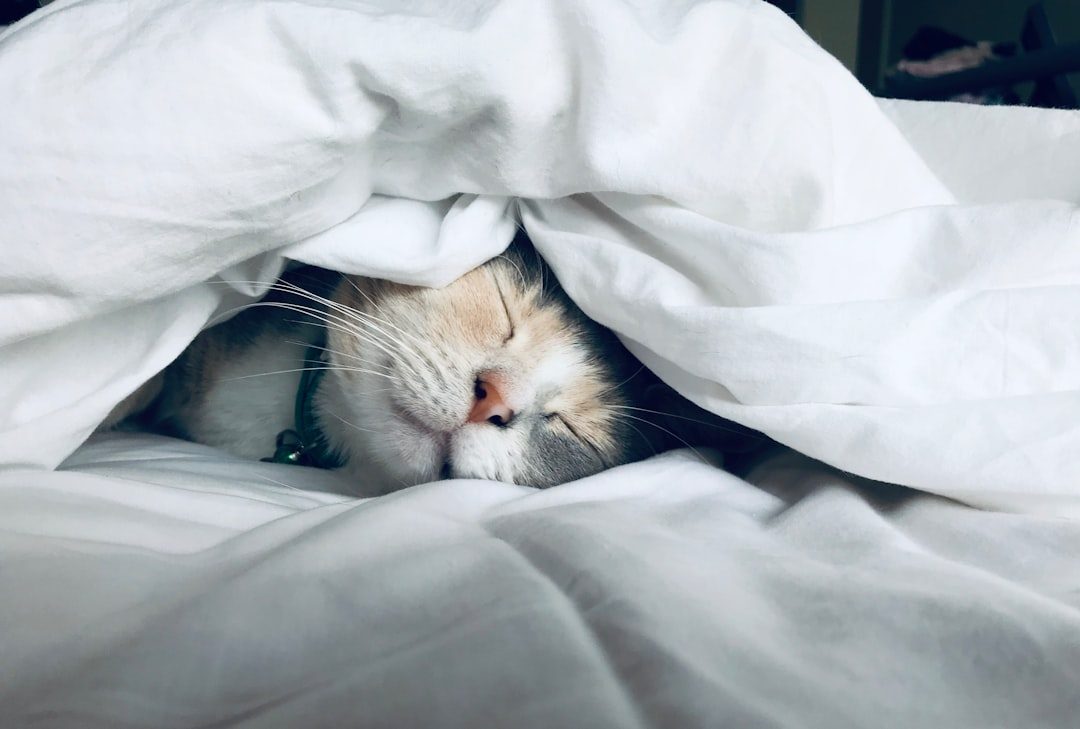
Scientists are certain that observed brain activity and physical twitches are signs that cats dream. In the 1960s, scientists confirmed that cats, too, have REM sleep. Cats show low voltage electroencephalogram (EEG) activity with eye movements and while in REM sleep, have atonia, a type of muscle immobility. Scientists believe this is so they don’t hurt themselves and can act out a dream’s content.
The fascinating part? Cats need, on average, 12-16 hours of sleep per day. That’s plenty of time for elaborate dream sequences to unfold. EEG studies show that cats cycle through sleep stages multiple times throughout their extended rest periods, with REM sleep occurring regularly throughout their sleep cycles – much more frequently than humans, who typically enter REM sleep every 90 minutes.
What Do Cats Actually Dream About?
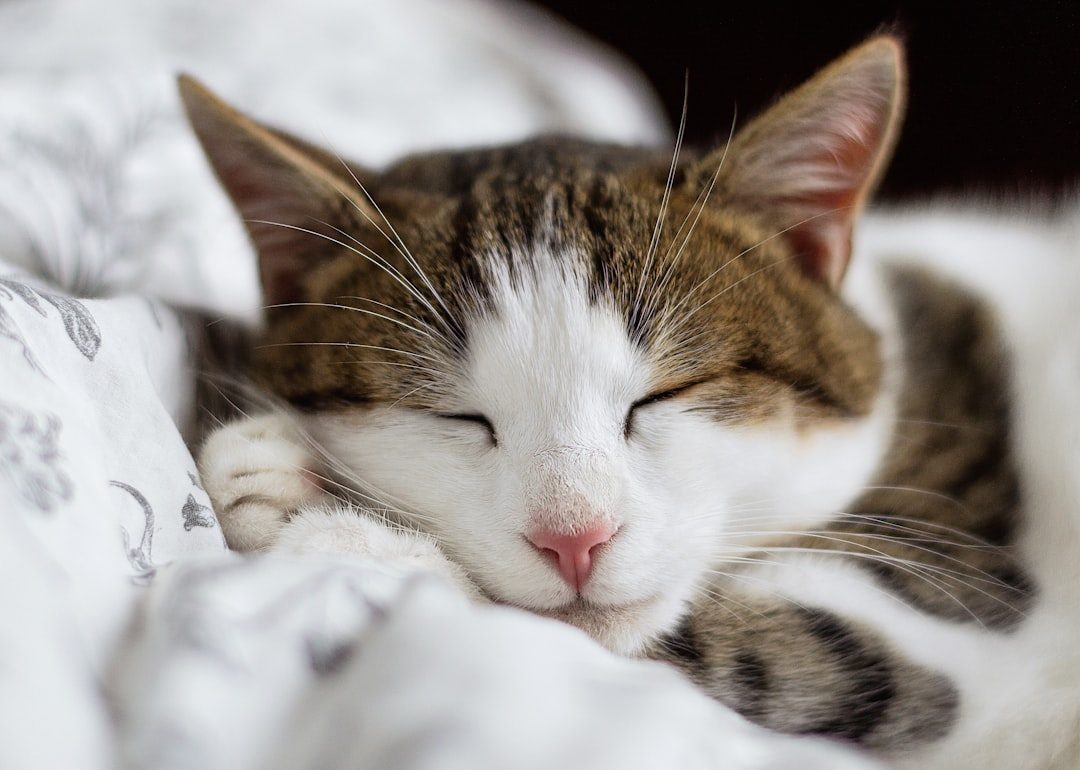
While we can’t know for certain, most research and observations suggest their dreams are rooted in what they experience during the day. Just like humans, cats use dreams to process memories. So it’s likely they dream about chasing toys, exploring the house, or watching birds from the window – anything that makes an impression on them during the day.
“Cats are hunters, so they like to prey on things,” Serra says. “They may be dreaming about their favorite toys, a smelly meal, sharpening their nails on a couch, or being petted. They likely dream about a variety of things, just like we do.” Studies like Michel Jouvet’s REM sleep experiment show cats mimic hunting behaviors while asleep – swatting, stalking, or pouncing in their dreams, even if they’ve never caught live prey.
Hunting Instincts Never Sleep
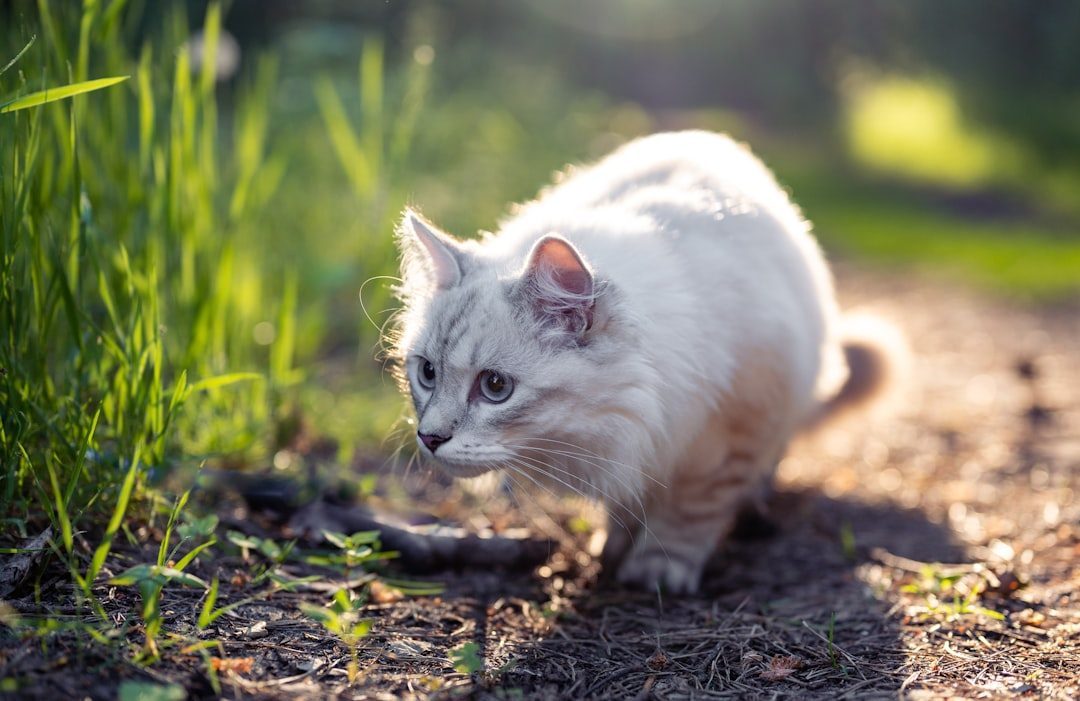
Here’s what might blow your mind: As regards motivation, along with the urge to procreate and to defend their patch, the hunting instinct is one of the most distinctive behavioural patterns in cats. The desire to hunt is not governed by hormones and therefore does not diminish after neutering. Your spayed or neutered cat still carries the same drive that propelled their ancestors across continents.
In the wild, cats hunt all the time, even if they are not hungry, because they never know when their next meal will come. If a cat waited until they were desperately hungry to hunt, they might be too weak to capture prey. If they wait until they’re hungry to hunt, they could starve to death because of the difficulty in hunting and capturing prey – it’s estimated that there’s a less than 50% chance of success at each hunting attempt.
The Midnight Zoomies Connection
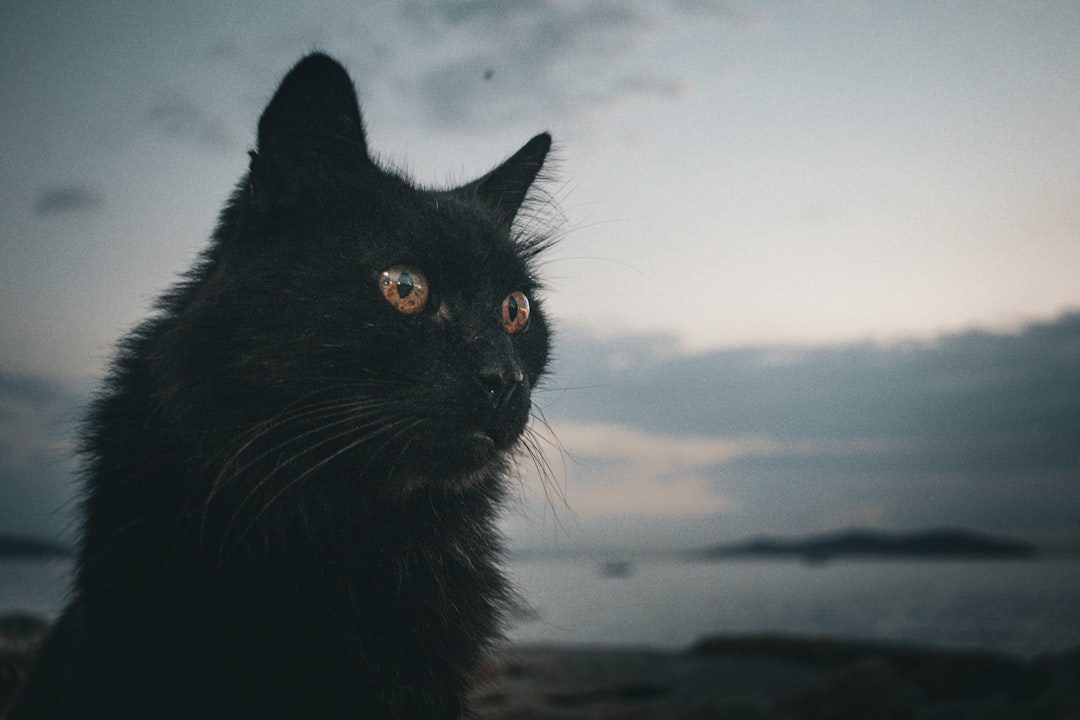
Cats are not nocturnal animals; they’re crepuscular. This means that they are most active at dawn and dusk and get their rest during the day. This behavior stems from their wild ancestors, who hunted during these twilight hours to catch prey while avoiding predators. Domesticated cats retain this instinctive behavior, even though they no longer need to hunt for food.
“Birds, rabbits, etc – which are all are most active at sunrise and sunset. So that behavior is hard-wired into a cat’s physiology.” Those three AM sprints through your hallway? That’s thousands of years of evolution at work, not your cat being deliberately annoying.
Physical Evidence of Wild Dreams

As soon as REM sleep kicked in, they began acting out their dreams. No longer able to go into hyper-relaxed mode, these cats would crouch low and act as though they were stalking prey. When researchers disabled the brain mechanisms that normally prevent movement during dreams, cats literally acted out hunting sequences while completely asleep.
If your cat’s paws are twitching, tail flicking, or whiskers fluttering, it may be that they’re dreaming about chasing something. You would notice certain behaviors, such as twitching their eyes and ears or moving their paws. They may also lose muscle tone and this is called atonia. Every tiny movement could represent a pounce on an imaginary mouse or a leap toward a dream bird.
Genetic Links to Wild Ancestors
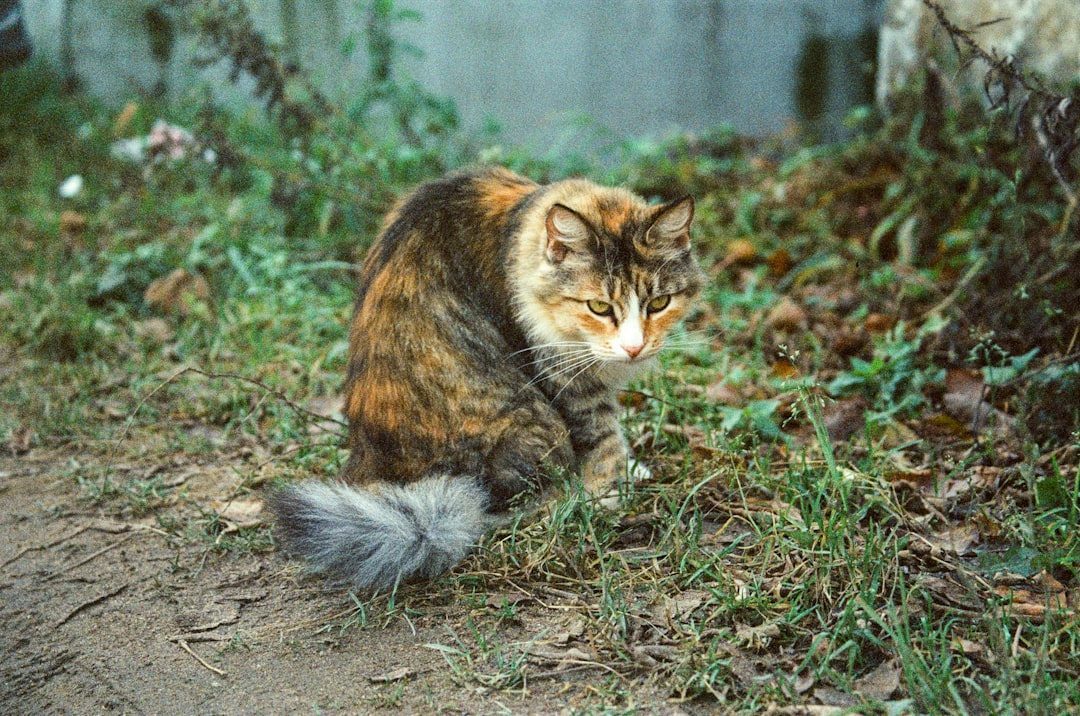
Genetic analysis shows that the DNA of modern-day domestic cats worldwide is almost identical to that of Felis silvestris lybica, clearly showing that this species gave rise to our domestic cats. In general, cats haven’t undergone major changes during domestication and their form and behaviour remain very similar to that of their wildcat ancestors.
Since selection pressure favored tameness over physical change, the house cat remains genetically and behaviorally similar to its wild ancestor. This contrasts with domesticated animals like dogs, which underwent extensive physical alteration through deliberate breeding. Your house cat is essentially a wild animal who learned good manners.
Why Cats “Play” With Their Prey
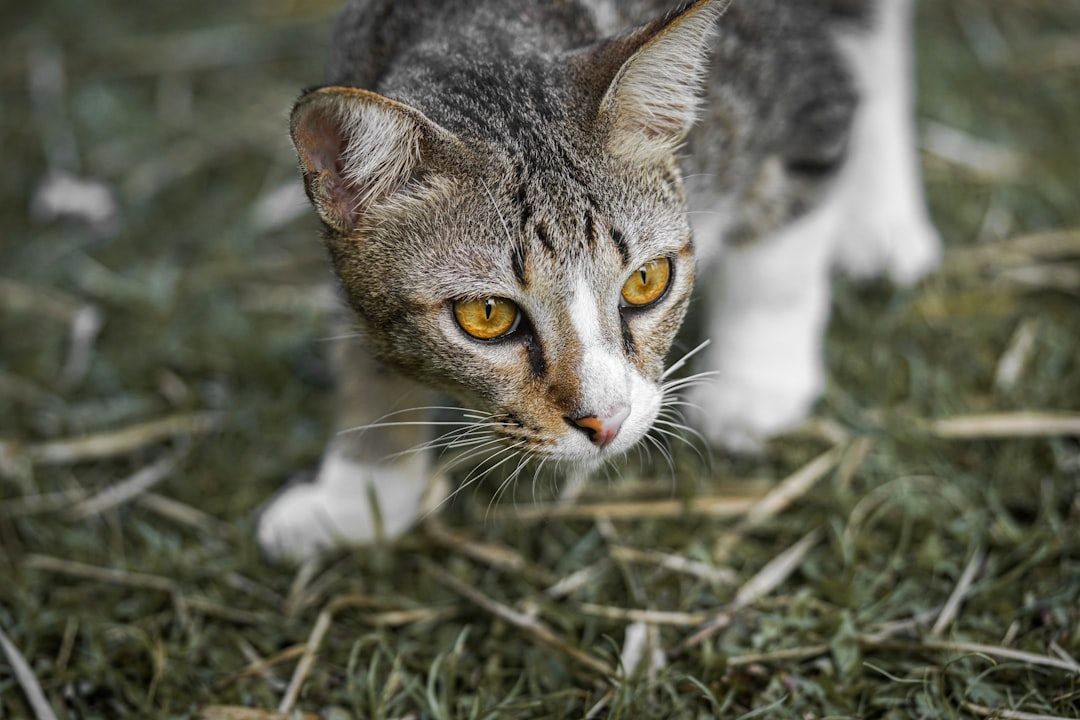
When a cat bats around its prey after the initial pounce, it may seem like they want to “play” with their catch. But in reality, the cat is tiring out the animal until it’s safe to go in for the killing bite. Through play, young cats learn how to tire and disorientate prey before killing it, thus reducing their risk of injury.
This isn’t cruelty; it’s survival strategy refined over millennia. Mice and rats have sharp incisor teeth that can bite and injure your cat. Birds’ beaks are pointy and can cause damage, too. That seemingly cruel batting around? It’s actually a sophisticated safety protocol embedded in your cat’s DNA.
Bringing Gifts: Ancient Teaching Behavior
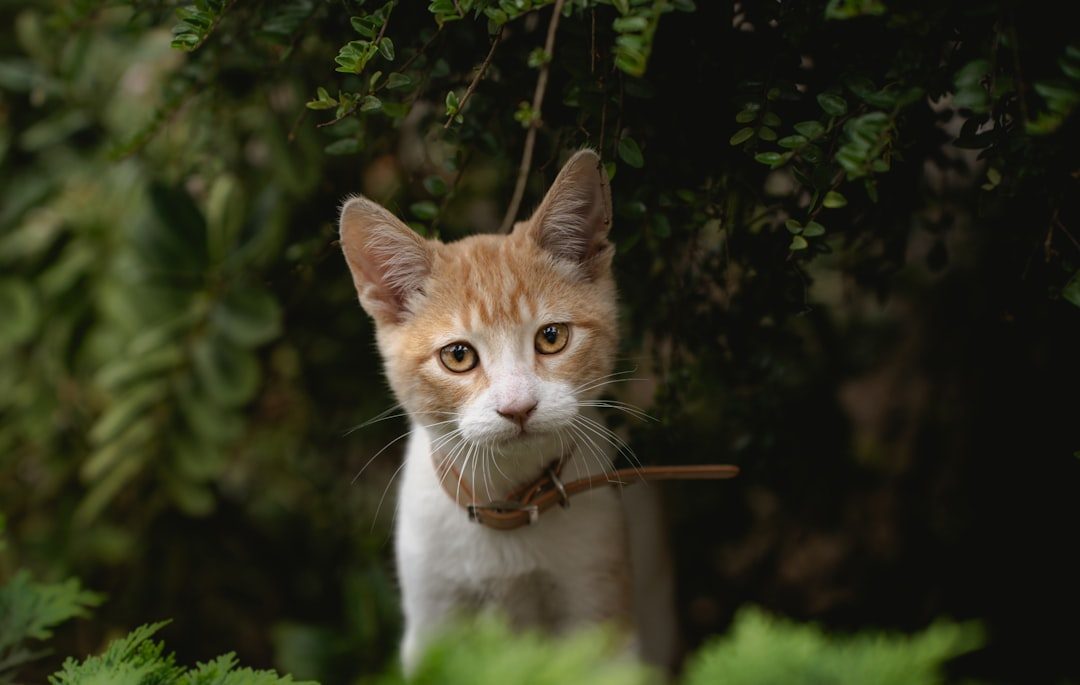
In the wild, mother cats teach their kittens to hunt by bringing them dead or injured prey. By bringing home prey, domestic cats may be attempting to teach their human companions how to hunt or provide for them. When your cat drops a mouse at your feet, they’re not being gross – they’re trying to help your clearly deficient hunting skills.
This may be a sign that your cat considers you a part of their family. They’re sharing the bounty of their hunt, just as Mama Cat may have done with them when they were kittens. So if you’re finding your feline friend bringing you their “gifts”, it’s actually their way of “teaching” you how to hunt.
The Surprisingly Unchanged Cat Body
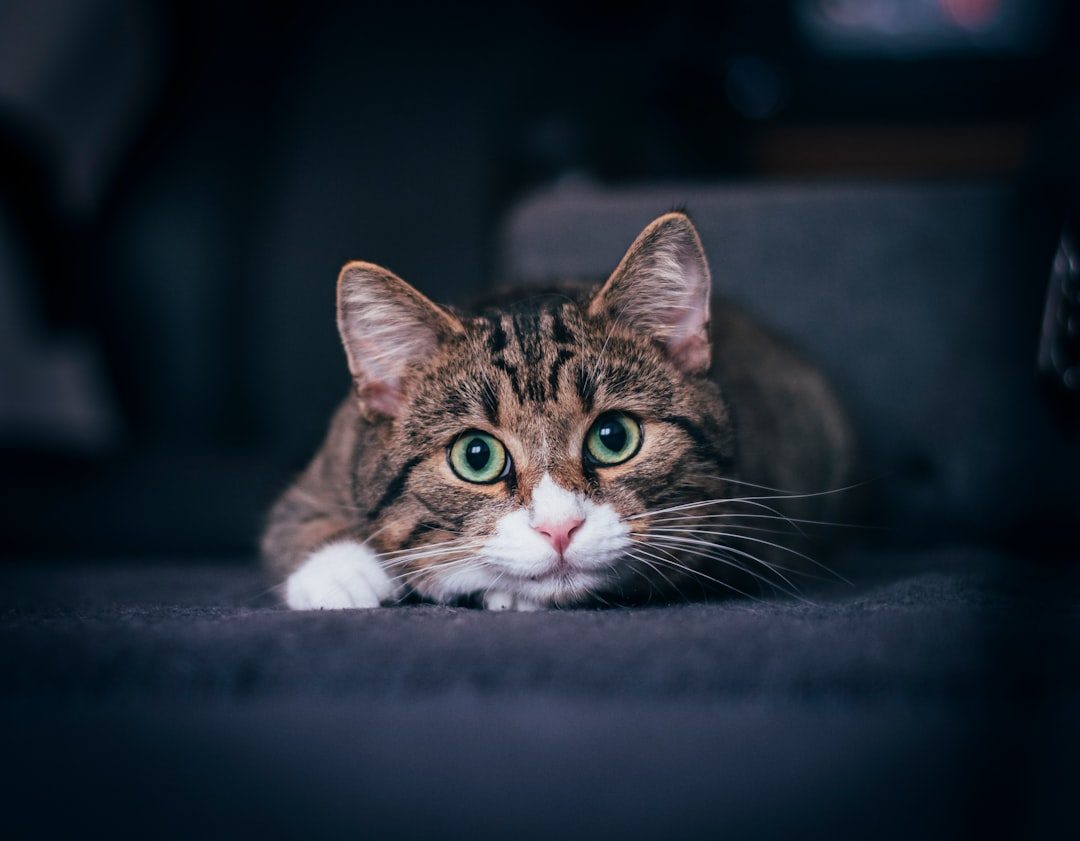
The modern house cat retains highly specialized physical and behavioral traits honed by millions of years of predatory evolution. One of the most famous adaptations is the protractible claw system, which allows the claws to be sheathed and protected when relaxed. This mechanism keeps the claws sharp for hunting and allows the cat to stalk prey silently.
Their night vision is especially good due to the presence of a tapetum lucidum, which reflects light inside the eyeball, and gives felid eyes their distinctive shine. As a result, the eyes of felids are about six times more light-sensitive than those of humans, and many species are at least partially nocturnal. Your cat literally sees the world through the eyes of a night hunter.
Cat Dreams vs. Nightmares
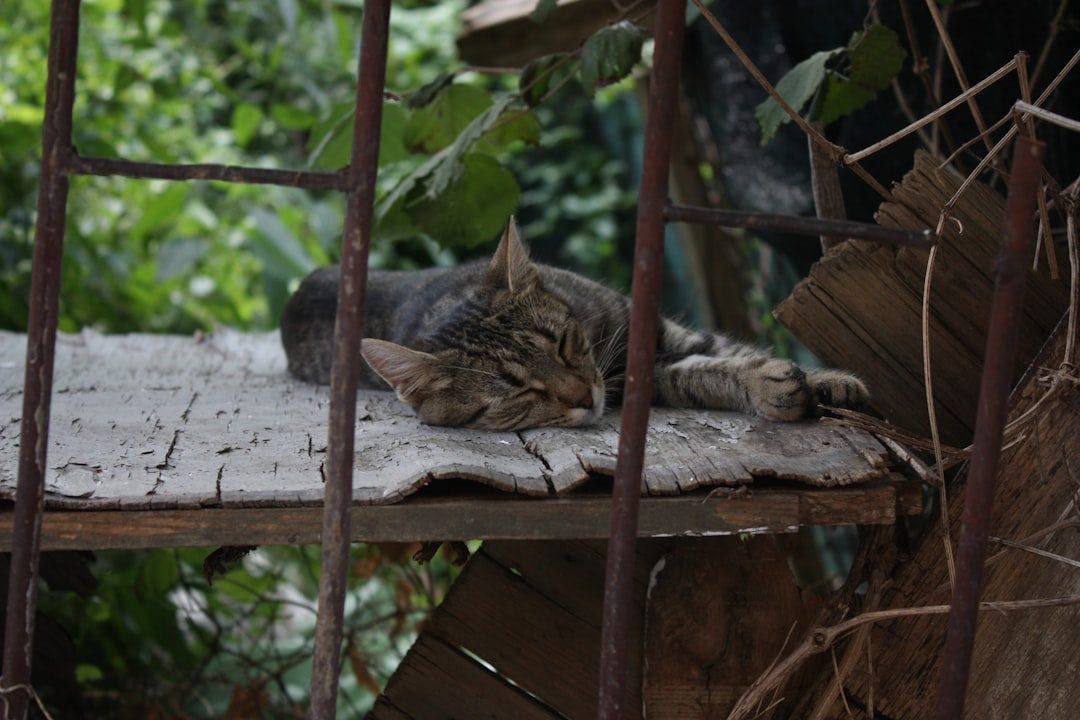
While there isn’t definitive scientific evidence to confirm whether cats experience nightmares in the same way humans do, behavioral observations suggest that cats may indeed have disturbing dreams. Cats, like humans, go through different sleep cycles, including rapid eye movement (REM) sleep, which is associated with dreaming. During REM sleep, cats may exhibit twitching, paw movements, or vocalizations that could suggest they are dreaming.
Often, when you see your cat squeaking or twitching in sleep, you wonder, “Can cats have nightmares?” Well, they may experience nightmares because when cats suddenly wake up and are frightened, they may have a bad dream. Cats with traumatic pasts can have bad dreams, or they may relive negative memories of the day in their sleep.
The Wild Spirit Lives On

Her hunting instincts are intrinsically connected with her crepuscular nature, resulting in a fascinating form of indoor behavior that aligns with the behavior of her ancestors – it’s like having your very own miniature lion. It’s a pretty amazing experience to see your domestic cat mimic the same behavior that her big cat cousins employ.
They remain perfectly capable of surviving in the wild, and many can revert to a feral or wild existence. Despite their pampered lifestyle, house cats maintain nearly all the skills and instincts needed to survive without human intervention. That purring lap warmer? They’re one evolutionary step away from their wild cousins.
Conclusion
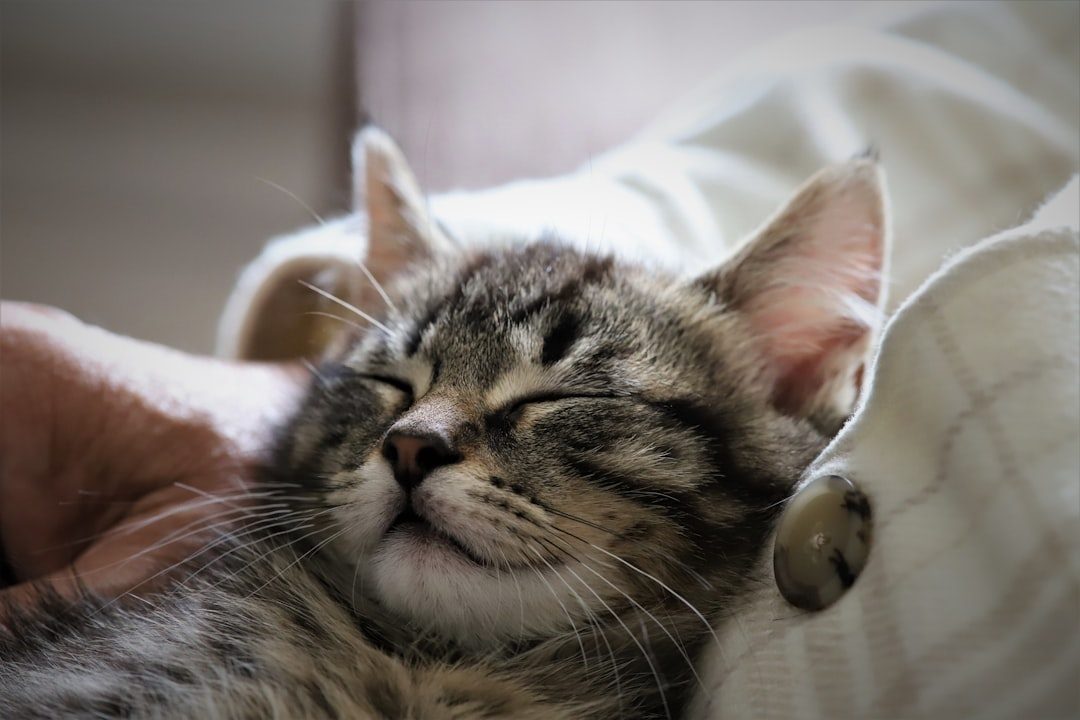
So do house cats dream of the jungle? The evidence suggests they absolutely do. Their dreams likely overflow with hunts through tall grass, stalking prey at dawn, and the thrill of the chase that defined their ancestors’ daily existence. Every twitch, chirp, and paw paddle during sleep connects your modern cat to a lineage of wild hunters stretching back thousands of years.
Understanding this connection helps us appreciate why cats behave the way they do. They’re not mysterious or aloof – they’re wild animals who’ve learned to share our homes while keeping their ancient spirits intact. Next time you see your cat dreaming, remember you’re witnessing millions of years of evolution playing out in miniature. What do you think your cat dreams about most? Tell us in the comments.





